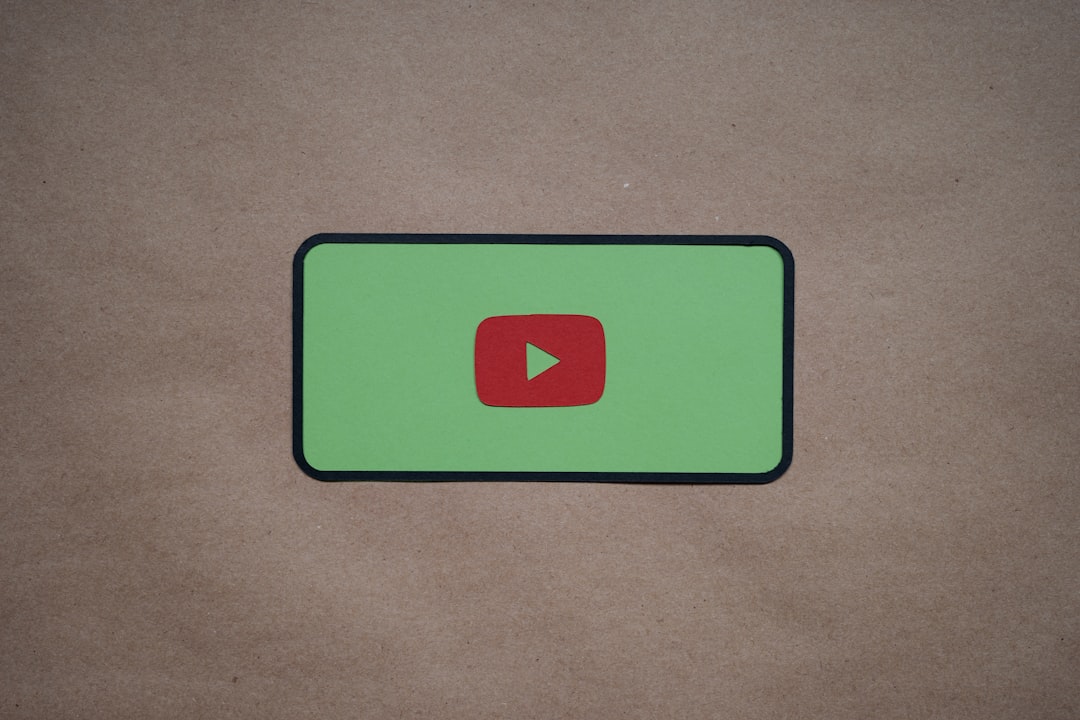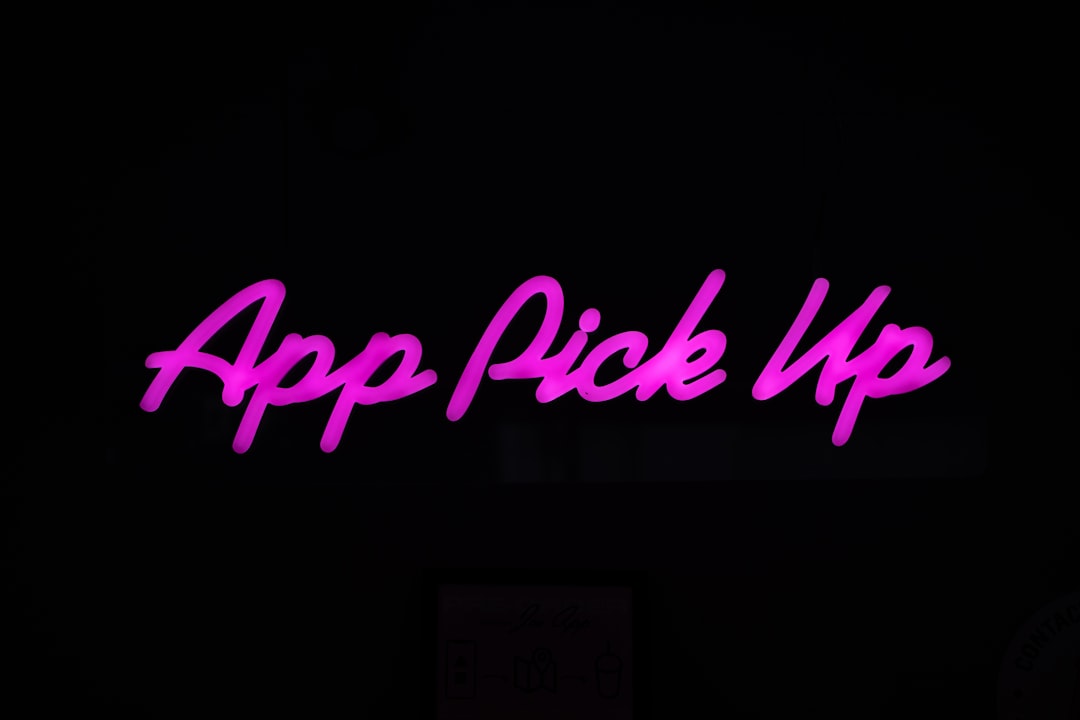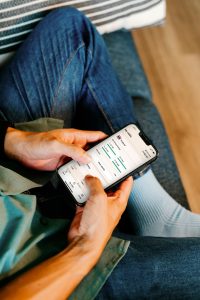
It started like any other day managing my social media presence. I opened TikTok to engage with my followers, respond to comments, and post new content. But something strange had happened. My follower count hadn’t changed, engagement had nosedived overnight, and a few concerned messages asked if I had “quit.” Had I been shadowbanned? Did I violate a content rule? At first, I had no answers.
After digging through analytics and inspecting each piece of recent content, I discovered the problem was external — and unexpected. The culprit? A technical glitch involving my Linktree link on my TikTok profile. As trivial as it may sound, this minor platform issue led to a dramatic ripple effect that left my audience confused and nearly killed weeks of growth.
The Role of Linktree in Content Creator Workflows
For those unfamiliar, Linktree is a service that enables users to place multiple links behind one conveniently shared link, usually placed in bio sections across platforms like TikTok, Instagram, and Twitter. As content creators, we rely heavily on it to:
- Promote other social media accounts
- Direct traffic to blogs, shops, or affiliate links
- Offer business inquiries a point of contact
Given TikTok’s limitation of allowing only one link in the bio, Linktree solves the problem elegantly by redirecting followers to a landing page with various link options. However, this convenience comes at the mercy of inter-platform compatibility — and as I learned the hard way, any disruption in this system can be severe.
The Sudden Error and Its Immediate Impact
The issue began quietly. Without any warning, the Linktree URL in my TikTok bio stopped working for certain users. Instead of being redirected smoothly, users received an error message that read:
“This site is not available.”
Initially, I believed it was a temporary glitch or my internet connection acting up. But after testing the link across multiple devices, browser types, and accounts, it became clear: the Linktree URL was being selectively blocked or malfunctioning on TikTok.

This posed a major perception problem. To many users tapping my bio link, it appeared that I had either deleted my Linktree altogether or was no longer active. It was the digital version of locking a storefront during business hours without notice. As a result:
- My follower engagement dropped by nearly 30%
- DMs increased from confused followers
- Business inquiries plummeted
- My other platforms (Instagram, YouTube) saw reduced traffic
To my horror, some users even posted comments on unrelated videos saying things like, “Why did you disappear?” or “Are you still posting somewhere else?”. This digital silence, caused by a mere link error, had unintentionally broadcasted the message that I was inactive or had abandoned my platform.
How I Diagnosed the Problem
Troubleshooting this was no small task. I cross-checked if others were experiencing the same issue and found discussions on Reddit and Twitter (now X) from other TikTok creators facing identical problems. It appeared to be a wave of regional or server-based errors where TikTok’s internal browser or API incorrectly interpreted Linktree URLs as risky or inaccessible.
Some creators speculated it had to do with TikTok updating its content moderation or external link policies. There was no official announcement, which only added more confusion. Linktree, for its part, remained functional outside of TikTok. The problem was specifically in how TikTok was handling its display and redirection.
Steps I Took to Recover
Once I understood the scope of the issue, I had to act fast to preserve what I could of my online presence:
- Removed the Linktree Link: I took down the broken link from my bio immediately to prevent further confusion.
- Switched to a Direct URL: I temporarily replaced Linktree with a link to my YouTube channel, which is also a hub for contact and longer-format content.
- Informed My Audience: I posted a video directly addressing what had happened and added a pinned comment with the new active link.
- Contacted Linktree Support: Though their response was generic at first, I was told they were aware of isolated accessibility issues and were “looking into it.”
- Explored Alternatives: I began testing other link-in-bio tools such as Beacons and Carrd, hoping to mitigate future risks by not being reliant on one provider.
Through these measures, I slowly regained my lost momentum. Comments normalized, engagement began to bounce back, and the sense of confusion from my followers subsided over the following week.
Lessons Learned for Other Content Creators
This experience was a critical reminder about the vulnerabilities inherent in our digital ecosystems. No matter how reliable a tool may seem, unforeseen technical issues can make or break your online presence. Here’s what I now advise every creator to consider:
- Monitor your links weekly: Always check how your links appear and function from another user’s perspective — not just your own login.
- Have a backup plan: Keep other platforms updated independently. Don’t rely solely on one link or service to funnel all your traffic.
- Communicate quickly: If something appears broken, inform your audience directly via content or your stories to avoid confusion.
- Use multiple link tools: Rotate or split accessibility between services (for example, using Beacons on TikTok and Linktree on Instagram).

The Broader Implications for Digital Dependency
In today’s creator economy, we’re more dependent than ever on third-party tools — from editing apps and analytics suites to hosting and link services like Linktree. Each platform introduces convenience but also risk. The lightweight infrastructure supporting these tools isn’t always bulletproof, and in complex systems like TikTok’s proprietary browser environments, compatibility is not guaranteed forever.
The irony is that these dependencies develop invisibly over time. We trust them to “just work” — right up until they don’t. For influencers, small businesses, or micro-creators, the implications of a broken link aren’t just inconvenience; they can mean missed partnerships, lost income, or even permanent drops in engagement due to algorithmic penalties.
Conclusion
The Linktree-TikTok error may have seemed like a minor technical hiccup. But to me, and many others relying on the seamless ecosystem of modern social media tools, it spotlighted a wider issue of platform interdependence that we often overlook. While tools like Linktree offer undeniable value, we must remain vigilant, diversified, and proactive in managing how our audiences connect with us.
If you’re a creator reading this: check your links, test your back-end, and make sure the digital doors to your content aren’t silently closing without your knowledge — because that’s exactly what happened to me.






